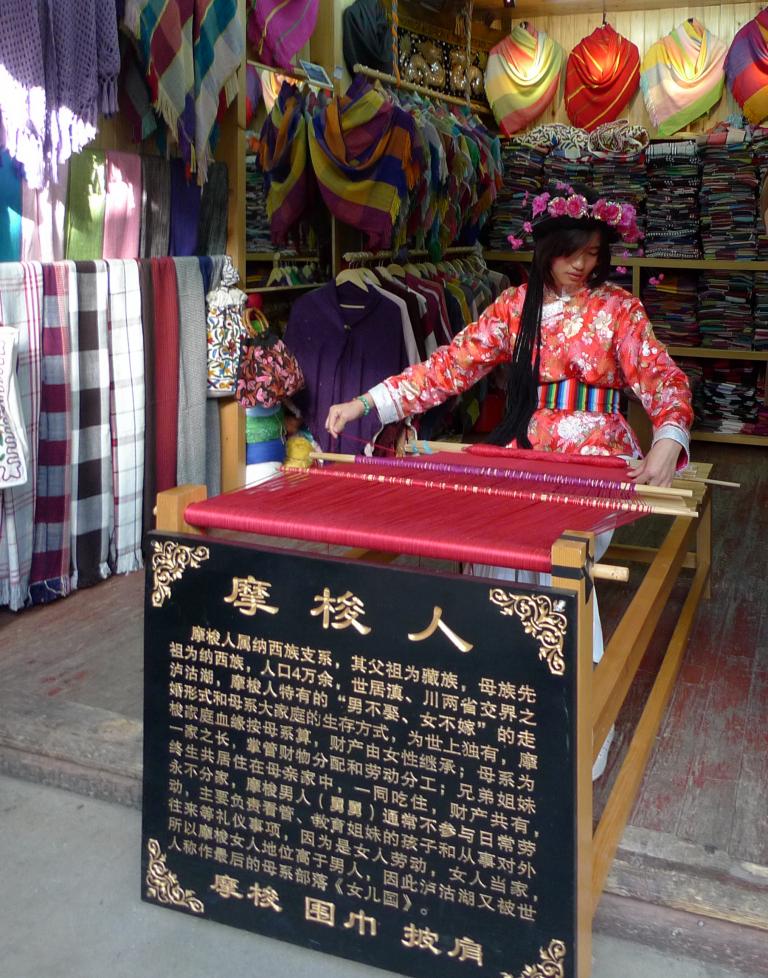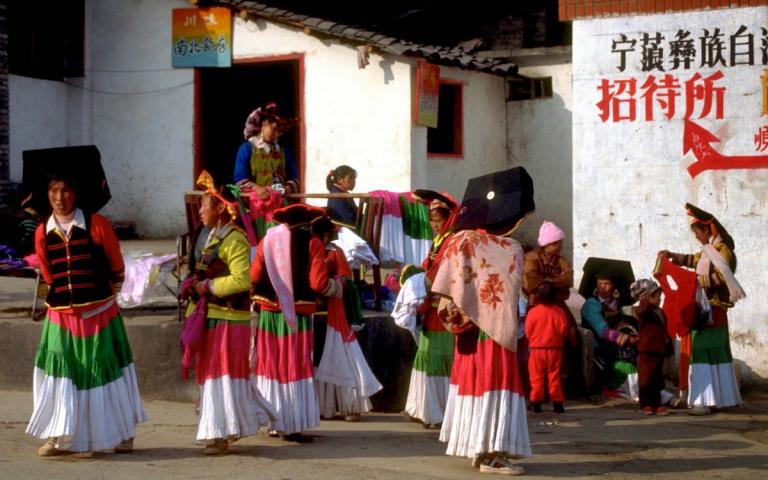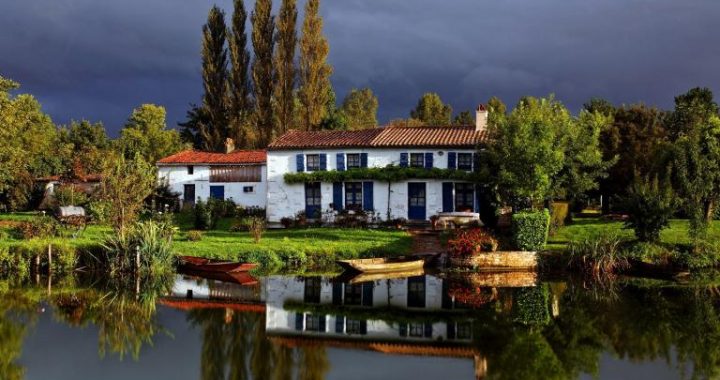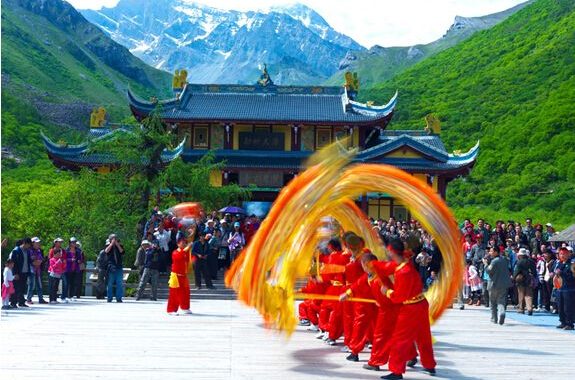Forced Marriage of the yi ethnic group
3 min readThe Yi ethnic group is one of the larger ethnic minority groups of the more than 50 recognized groups in China, and its population is widely dispersed, with the greatest concentrations in Liangshan of Sichuan and Chuxiong and honghe of Yunnan. Because there are many branches of Yi and they are widely dispersed there are differences in the marriage customs, which tend to be more like those of the local population. In general though, theyall go through the same process: first become friends, then consult a matchmaker, followed by pre-engagement, getting engaged, the man takes a wife and the couple get married.

Yi people generally wait until at least until the age of 17 before getting married At the time they marry, the groom’s age must be even and the bride’ s odd Most couples choose to marry during the fall and winter slack time for agriculture after the grain has been stored in the silos, the lambs have been slaughtered and the wild geese have flown south or during the Chinese New Year celebrations. Before the wedding ceremony, the bride is not allowed to eat anything for one, two or more days, and the day before may not drink any water to ensure that she will not have to stop to relieve herself on the way to the house of his future parents-in-law. Before the groom can marry the bride, her family must send two young men, known as “xiamu”(usually cousins of the groom to present liquor to the groom’ s family to indicate the wedding ceremony will take place as scheduled. When the bride goes to the groom s village, he does not go directly to the bride s house. Instead he goes to the hut he has constructed for the purpose ahead of time made of new bamboo pine branches and bamboo screens, known as the”Relative Reception Hut. The bamboo and pine branches signify that the bride and groom will always feel as young as the bamboo and pine and live together until they are old and gray people twine blue and white strips of cloth into the bride s hair before she enters the home of the groom’ s family at night(signaled by the stars coming out) and then bury the cloth under a peach or pear tree After the bride enters the home of the husband s family, she eats her first meal since the beginning of her fast, the”crossing the threshold meal, accompanied by the sisters of the groom. At this time the groom cannot show his face and cannot even turn on the lightwhile the others are eating. The next day (same day in some areas) the bride returns hom along with the relatives that accompanied her. The second day after the bride goes bac home, the groom pays a return visit to her family accompanied by some young people of the village carrying alcoholic beverages and meat and leading a sheep and a pig. After a few more days the groom s family sends people to greet the bride and the new couple begin their life together as husband and wife.

The Li ethnic group believe that fresh water can get rid of evil, exorcize ghosts and bring good luck. The bride must therefore be splashed with water. The mans family selects several unmarried young men of the family who are strong and capable, able to ward off the cold water splashed by the villagers and able to carry out the difficult task of kidnapping the bride. Actually, both bride and groom are willing participants in the so-called kidnapping of the bride, and the parents agree with it and the intermediary arranges it since it is just a marriage custom. The young men sent by the man’s family give gifts to the woman’s family while rolling up the bride in a carpet People in the womans family pretend like they are trying to fight off the “kidnappers and put soot from the bottom of a pot on the faces of the couple. The captured woman is led directly to the living room of the mans family. Iaccordance with local Li custom, once the woman reaches the living room of the man’s family she is considered formally married and cannot run away.





